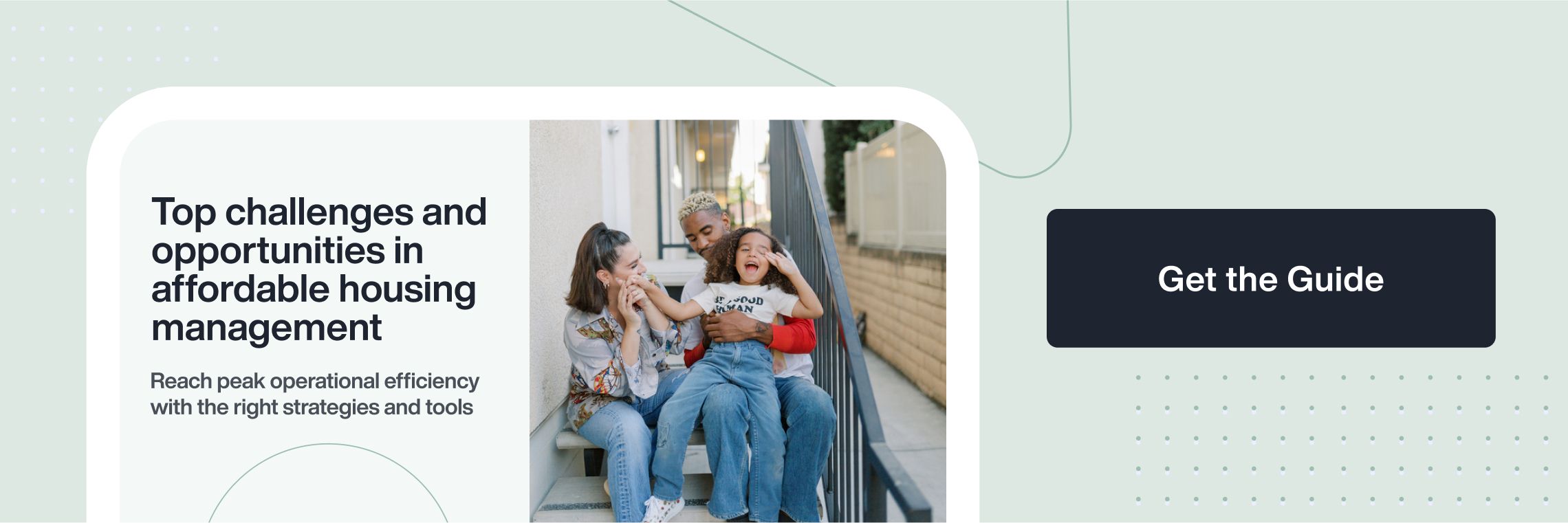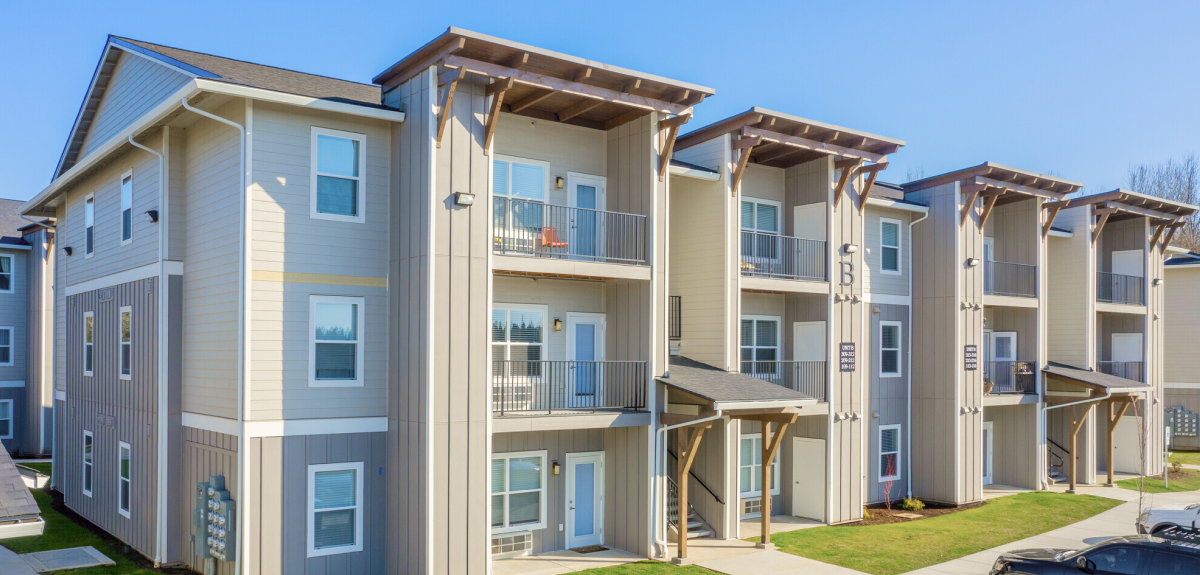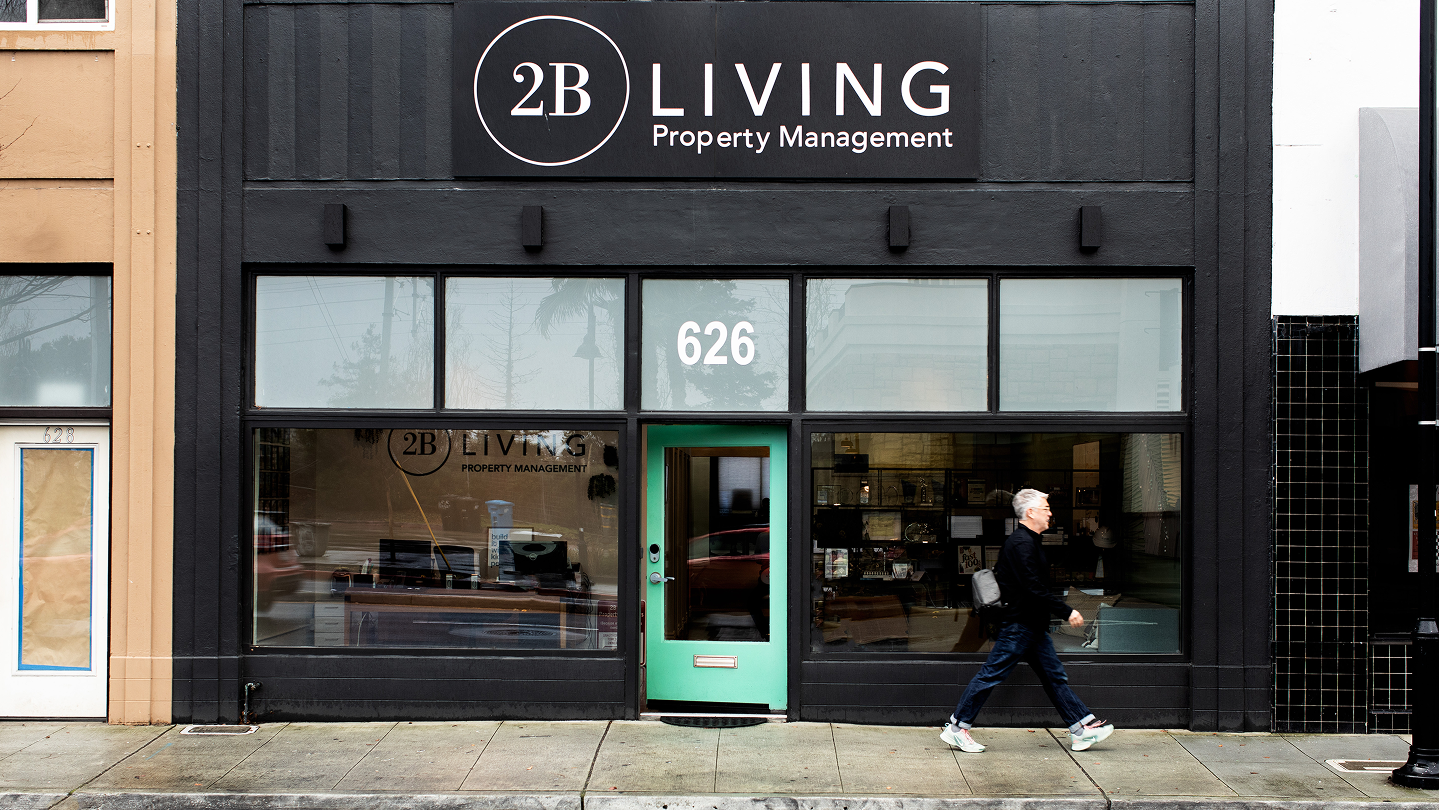Published on December 5th, 2024
By Marc Frenkiel
The need for more affordable housing continues to dominate national discussions. But despite heightened attention, a supply shortage remains. There are over half a million people experiencing homelessness each year and only 36 affordable housing units available for every 100 extremely low-income households. Experts point out that even the recent boom in new housing construction is unlikely to close the gap.
Federal, state, and local governments are trying to address rising housing costs and homelessness. The lowest income earners, who are the most vulnerable, receive the most attention. But there is another demographic that finds itself in a precarious situation: middle-income renters. This group finds itself caught in what has become known as the affordability gap — earning too much to qualify for affordable housing programs but not enough to afford market-rate housing. Property management businesses can play a role in addressing this challenge by leveraging new financing models and advances in technology to help bridge the gap.
Understanding the Affordability Crisis
Middle-income renters — those earning between 80% and 120% of the area median income — include essential workers such as teachers, nurses, and first responders. Recent studies from the Joint Center for Housing Studies at Harvard and the National Low Income Housing Coalition show this group to be increasingly cost-burdened, spending over 30% of their income on rent. Rising rents, slower wage growth, and a limited supply of affordable rental units cause fierce competition for a shrinking pool of affordable housing.
Sponsor-Dedicated Workforce Housing
Fannie Mae’s Sponsor-Dedicated Workforce initiative is a promising development in affordable housing. This program is designed to support real estate developers and property managers who are committed to preserving or creating affordable units for middle-income renters, providing favorable financing that makes these projects more feasible and reduces regulatory red tape. This combination encourages the development of workforce housing — housing aimed specifically at middle-income households. For property managers, the Sponsor-Dedicated Workforce Housing program is an opportunity to support a stable, high-demand segment with fairly predictable occupancy rates and lower turnover.
Technology in Affordable Housing
As property managers navigate the challenges of affordable housing, technology is essential for managing costs, improving efficiencies, and enhancing resident satisfaction. Here are some key ways technology is reshaping affordable housing management:
Automated Leasing and Compliance Management
While workforce housing doesn’t involve as many compliance requirements as traditional affordable programs, it’s important to strike the right balance between finding and approving qualified residents, and actually providing housing to as many people that need it. At scale, the leasing process in workforce housing can be very time-consuming and prone to errors, but advances in property management software streamline leasing workflows with features such as automated income verification and lease tracking. These tools help move prospective residents through the leasing funnel quickly and ensure compliance without the administrative burden, freeing your team to focus on enhancing the resident experience.
Cost Control Through Predictive Maintenance and Automation
Maintaining real estate — affordable or otherwise — requires controlling operational costs. Automation tools such as predictive maintenance and IoT-enabled monitoring systems provide real-time insights into property conditions, identifying potential problems before they escalate. By predicting maintenance needs, property managers can schedule repairs proactively, reducing emergency repair costs and extending the lifespan of building components and systems. For middle-income housing, where rents are generally capped (due to affordability, not regulation), cost savings on maintenance can help ensure long-term affordability.
Data-Driven Decision-Making
Advanced property management platforms now feature powerful data analytics, allowing teams to monitor rent trends, vacancy rates, demographics, and more — all from publicly available information. With data-backed insights, property managers can make informed decisions regarding rent pricing, potential upgrades, and marketing strategies tailored to middle-income renters. For example, analytics might reveal a demand for three-bedroom units at a certain price point, or a preference for gas-powered appliances over electric. These insights allow property managers to better align offerings with renter needs, maximizing occupancy and resident satisfaction.
As the affordable housing landscape for middle-income renters continues to evolve in 2025, property management businesses that embrace innovation, dedicated workforce housing programs, and efficient management will be well-positioned to make a lasting impact. With the right tools and an understanding of the challenges facing middle-income renters, property management companies can play an important role in addressing the affordability crisis and building more accessible housing options for the future. For more tips and insights to help you manage your affordable units as effectively as possible, download our free guide below.










Comments by Marc Frenkiel